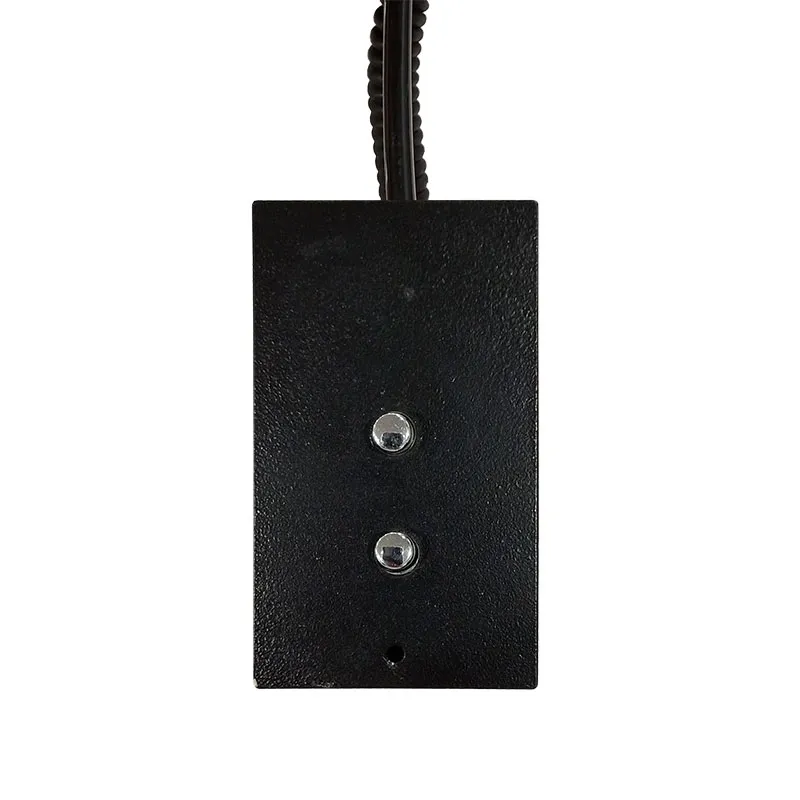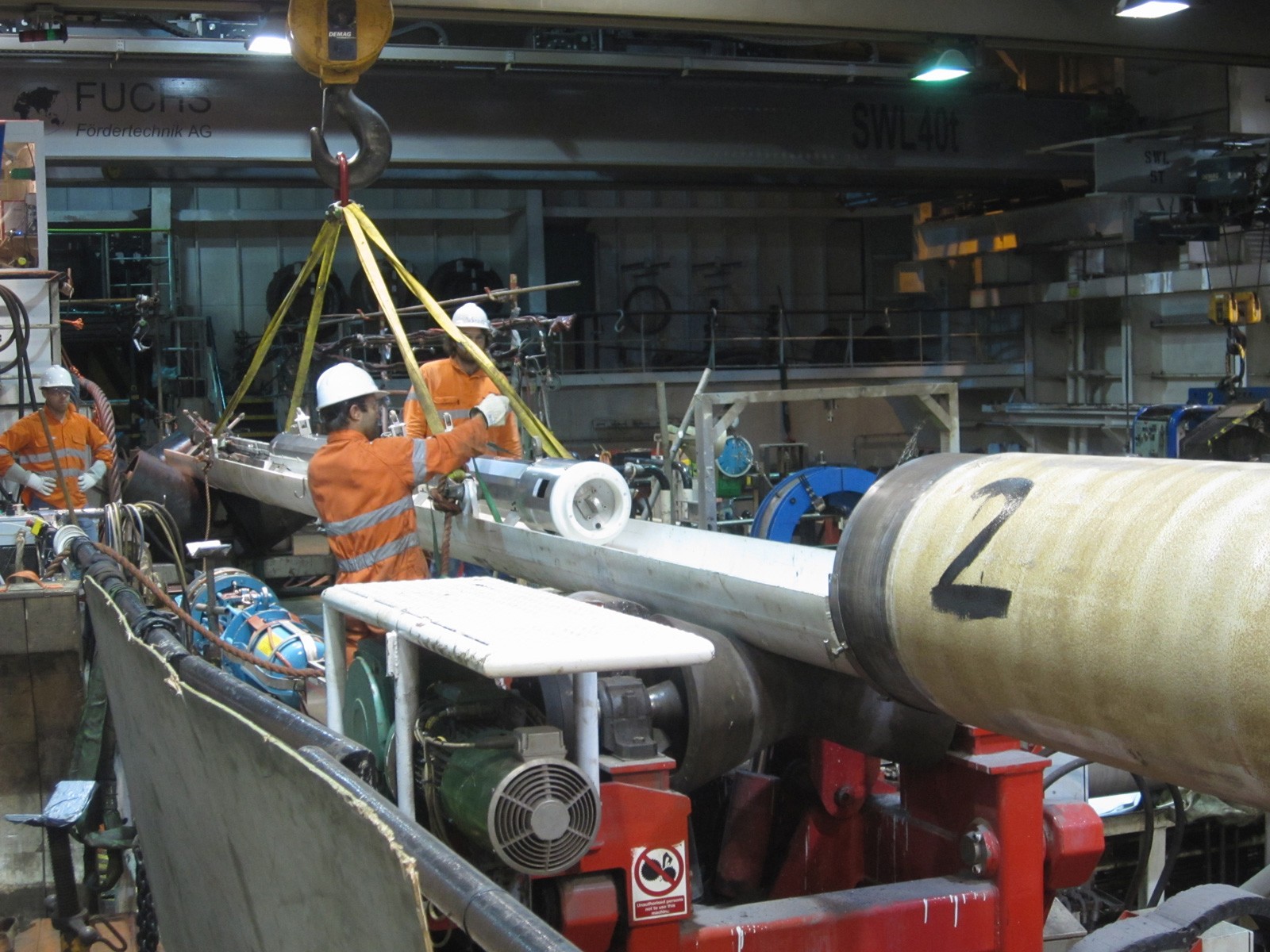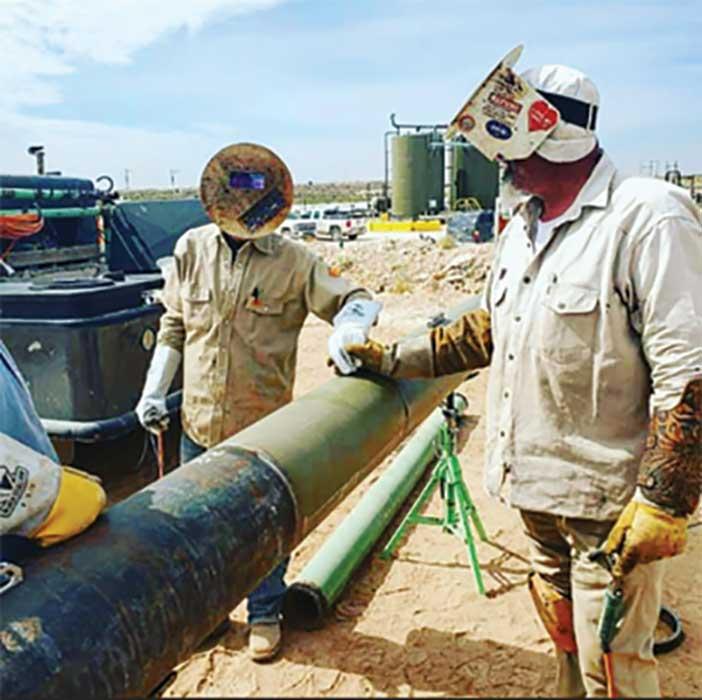Advanced Techniques in Pipeline Welding Inspection: Developments and Technologies for Improved Accuracy and Integrity in Weld Analysis
The landscape of pipeline welding assessment is undertaking a significant makeover, driven by advanced methods that guarantee to enhance both precision and integrity in weld assessments. Technologies such as automated assessment systems and progressed imaging modern technologies are redefining conventional practices, while non-destructive testing approaches make sure product integrity is preserved. As these innovations evolve, they not only boost problem detection prices yet also allow extra reliable upkeep techniques. Nevertheless, the effects of these developments extend beyond instant benefits, elevating important inquiries concerning future methods and criteria in the market.

Value of Weld Assessment
Making sure the integrity of pipe welds is essential to the overall safety and security and reliability of commercial systems. Welds act as the architectural backbone of pipelines, which deliver a selection of liquids under varying pressures. Problems in welding can cause catastrophic failures, leading to not only considerable financial losses yet additionally potential environmental disasters and risks to public security. For that reason, extensive examination of welds is indispensable to the lifecycle of pipe facilities.
The value of weld evaluation prolongs beyond plain compliance with regulative requirements. It functions as an aggressive action to identify and rectify blemishes, such as incomplete combination, porosity, or fractures, prior to they intensify into severe issues. Efficient inspection methods also add to the durability of pipelines, lowering maintenance prices and improving operational efficiency.
Furthermore, extensive weld evaluations foster depend on amongst stakeholders, consisting of regulatory bodies, investors, and the areas offered by these pipes. By ensuring that all welds fulfill the required standards, organizations can reduce threats and copyright their credibilities. In recap, weld examination is crucial not only for functional integrity however additionally for the wider effects it holds for safety and ecological stewardship.
Automated Examination Solutions
The combination of computerized examination systems in pipe welding has actually reinvented the technique to ensuring weld quality and honesty. These systems use innovative robotics and synthetic knowledge to perform examinations that are not only quicker yet also extra constant than conventional methods. Automated systems can cover considerable lengths of pipes efficiently, capturing data that human examiners could overlook as a result of exhaustion or environmental problems.
One of the essential advantages of computerized inspection systems is their capability to operate in hazardous atmospheres, reducing the risk to human examiners. They use numerous non-destructive testing (NDT) strategies, such as ultrasonic testing and magnetic bit assessment, to evaluate weld integrity without compromising the framework. The data gathered is refined in real-time, enabling prompt responses and punctual restorative activities when defects are determined.
Furthermore, automated systems help with the standardization of assessment procedures, guaranteeing that each weld is assessed against regular requirements. This not only boosts the integrity of results however also streamlines compliance with governing criteria. As industries proceed to focus on safety and operational efficiency, the function of computerized evaluation systems in pipeline welding will undoubtedly increase, leading the way for a lot more innovative quality control methodologies.
Advanced Imaging Technologies
Often used in contemporary pipe welding assessments, progressed imaging innovations have significantly improved the capacity to find and evaluate weld issues. Techniques such as digital radiography, computed tomography, and thermographic imaging supply examiners with high-resolution pictures that disclose sub-surface defects and structural disparities that might be unnoticeable to the nude eye.
This leads to much faster assessments and boosted accuracy in identifying critical problems. Calculated tomography, on page the other hand, offers three-dimensional imaging, allowing assessors to picture complex geometries and evaluate the stability of welds from numerous angles.
Thermographic imaging uses infrared innovation to identify variants in temperature level, determining areas of prospective weak point or tension within the weld. These advanced imaging innovations not only enhance defect detection rates however also reduce the moment and sources needed for pipeline examinations. As a result, they play a vital More Info function in keeping pipe security and integrity, making sure conformity with industry criteria while reducing functional threats.
Non-Destructive Evaluating Methods
Using numerous strategies, non-destructive testing (NDT) methods are essential in pipe welding examinations, enabling the assessment of weld stability without jeopardizing the material's structural stability. NDT includes a series of approaches, including ultrasonic screening (UT), radiographic screening (RT), magnetic fragment testing (MT), and color penetrant testing (PT) Each approach has distinct advantages and applications depending upon the specific needs of the evaluation.
Ultrasonic screening makes use of high-frequency acoustic waves to spot inner imperfections, giving precise dimensions of weld density and honesty. Pipeline Welding Inspection. Radiographic testing uses X-rays or gamma rays to create pictures of the weld, exposing interior issues that may not show up externally. Magnetic bit screening is efficient for identifying surface and near-surface interruptions in ferromagnetic products, while color penetrant screening highlights surface area cracks by utilizing a tinted dye
Including these NDT approaches into pipeline welding inspections enhances the accuracy and dependability of weld assessments, making sure that possible failings are recognized early. As industries demand greater requirements for safety and security and performance, the duty of NDT in preserving the stability of welded structures remains to be essential in pipeline building and upkeep.

Future Trends in Weld Analysis
As we want to the future of weld analysis, improvements in technology are positioned to change the methods utilized for evaluating pipe stability. The combination of synthetic knowledge (AI) and device discovering in evaluation procedures is expected to enhance the precision of flaw detection and anticipating upkeep. These modern technologies enable real-time data evaluation, enabling inspectors to identify potential issues before they escalate right into considerable troubles.
Additionally, using drones equipped with sophisticated imaging systems is gaining traction. These airborne assessments can cover vast areas promptly, capturing high-resolution images and information that can be assessed for defects in hard-to-reach places. Visit Your URL This not just improves security yet additionally boosts effectiveness in the examination process.
Furthermore, the advancement of clever sensing units installed in pipeline systems supplies the potential for constant tracking. These sensing units can spot modifications in pressure, temperature level, and resonances, giving important understandings right into the wellness of the welds with time.

Final Thought
To conclude, the combination of innovative techniques in pipeline welding examination considerably boosts the precision and integrity of weld evaluations. Developments such as computerized evaluation systems, advanced imaging modern technologies, and non-destructive testing techniques play a vital function in improving flaw discovery rates and fostering aggressive maintenance strategies. As these innovations remain to evolve, they will certainly further ensure the safety and security and effectiveness of pipeline systems, ultimately adding to the stability of vital infrastructure.
